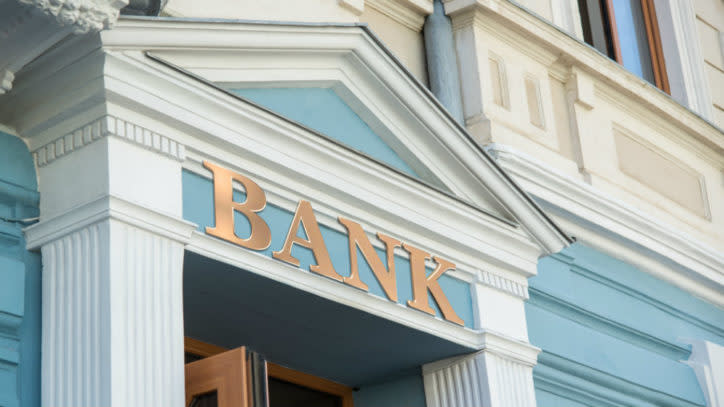Which of Canada’s Largest Banks Should You Buy Right Now?

Royal Bank of Canada (TSX:RY)(NYSE:RY) has been known as Canada’s largest bank, but recently, it got overtaken in certain key metrics. As of writing, Royal Bank’s market cap of $149.40 billion still takes the lead, but is only winning by a nose compared to Toronto-Dominion Bank’s (TSX:TD)(NYSE:TD) market cap of $144.48 billion.
Besides, the market cap is calculated by multiplying the current share price with the number of outstanding shares. In other words, it’s a calculation based on the share price, which is essentially how much investors are willing to pay for a stock at the moment.
Coincidental or not, both Royal Bank and TD Bank have a 10-year normal price-to-earnings (P/E) ratio of 12.2, which suggests that the market views the top Canadian banks with the same level of quality.
The battle for first place
In the most recently reported quarter, in fiscal Q3, TD Bank took first place in total assets and total deposits. Specifically, the bank’s total assets were about $1,293 billion and total deposits were roughly $839 billion, thereby beating Royal Bank’s $1,292 billion of total assets and $826 billion by a margin.

An overview of Royal Bank
Royal Bank generates about 61% of its revenue in Canada, 23% in the United States, and 16% internationally. It’s a leader in offering financial services in Canada. In the U.S., Royal Bank focuses on corporate, institutional, and high net worth clients and their businesses.
Royal Bank’s earnings mix is about 48% personal and commercial banking, 22% capital markets, 18% wealth management. It has generated strong returns on equity of 16-20% in the last six years.
An overview of TD Bank
TD Bank is focused on retail banking in North America with +2,350 retail locations. On an annualized basis, it generates about 60% of its earnings from its Canadian retail business and about 26% from its U.S. retail business. It has generated strong returns on equity of 13-16% in the last six years.
Is Royal Bank or TD Bank a better buy today?
When all is said and done, which bank will deliver higher total returns depends on how much you’re paying for the stocks today and what their growth rates will be going forward.
In the latest quarter, Royal Bank and TD Bank management estimated medium-term earnings-per-share growth of +7% and 7-10%, respectively.
At $103.75 per share as of writing, Royal Bank trades at a blended P/E of about 12.4, while at $79.12 per share, TD Bank trades at a blended P/E of about 12.5. Given TD Bank’s more concrete higher earnings growth estimates, it may be well worth the slightly premium multiple.
In the past, there hasn’t really been a wrong time to buy the top Canadian banks for long-term investors — only better times to invest in them. Right now, both Royal Bank and TD Bank are reasonably valued. So, conservative investors can buy some shares for long-term returns of +10% per year.
More reading
Free investor brief: Our 3 top SELL recommendations for 2018
TFSA Investors: These 3 Dividend Stocks Are Beating the TSX Index in 2018
Fool contributor Kay Ng has no position in any of the stocks mentioned.

 Yahoo Finance
Yahoo Finance 